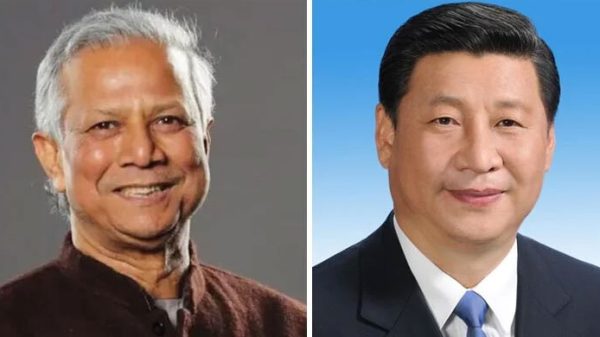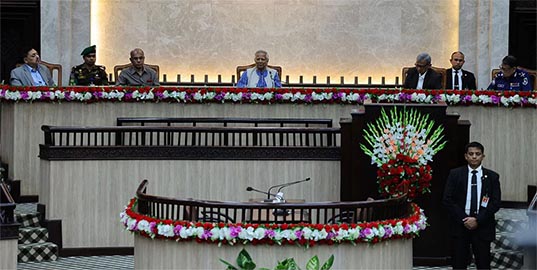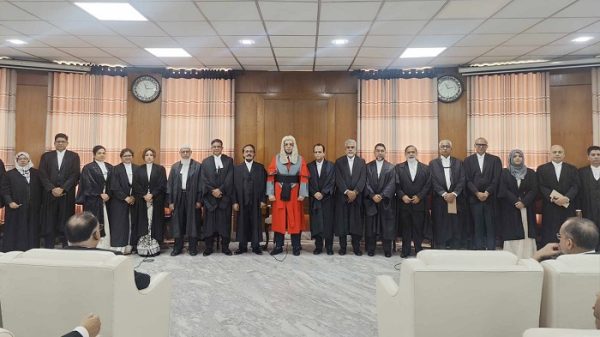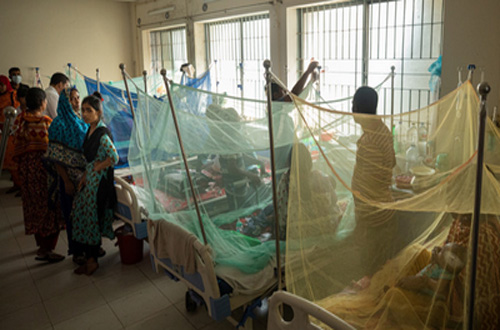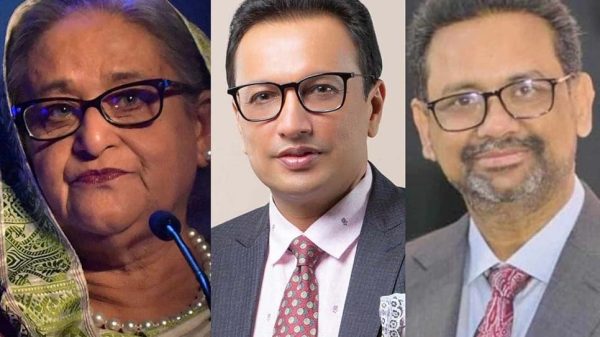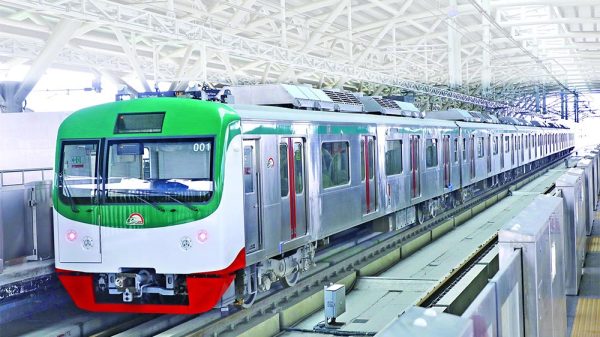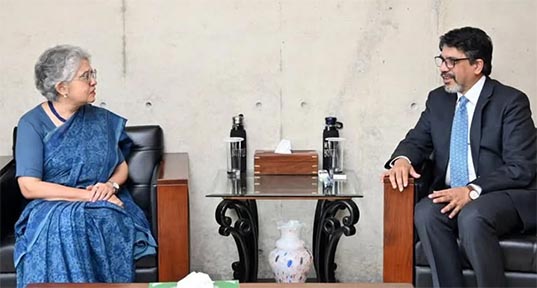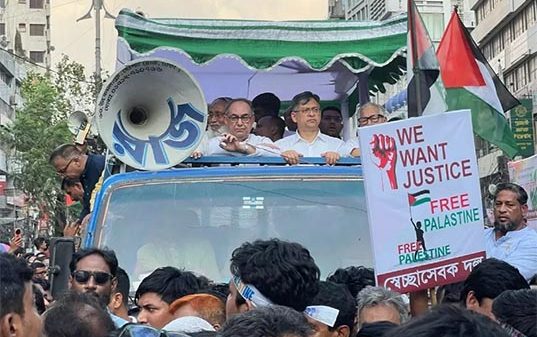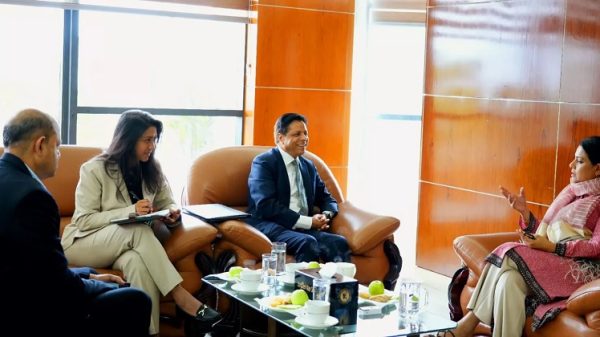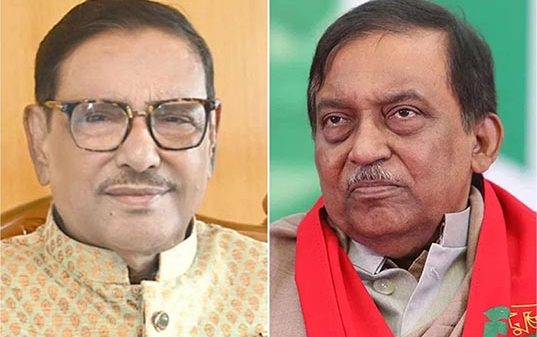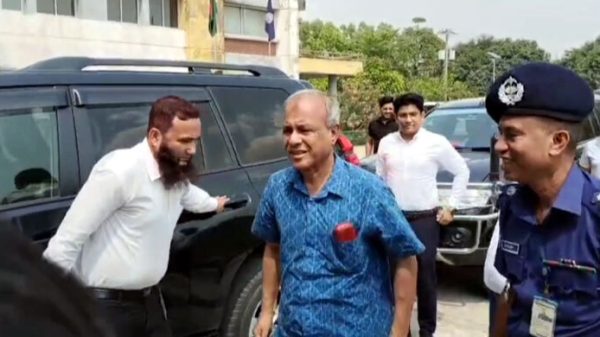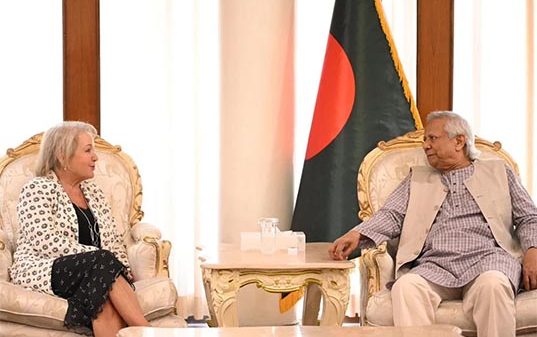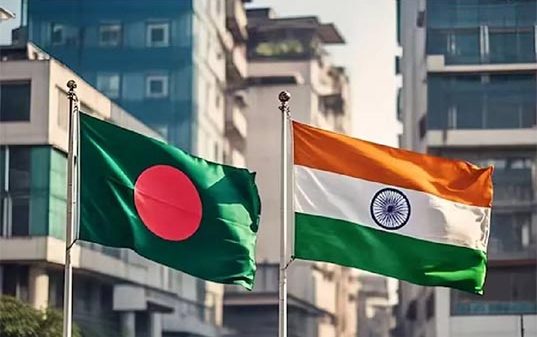Delhi Travel Guide: Must-see Places and Fun Activities in the Indian Capital

- Update Time : Thursday, 12 October, 2023, 03:30 pm
- 158 Time View
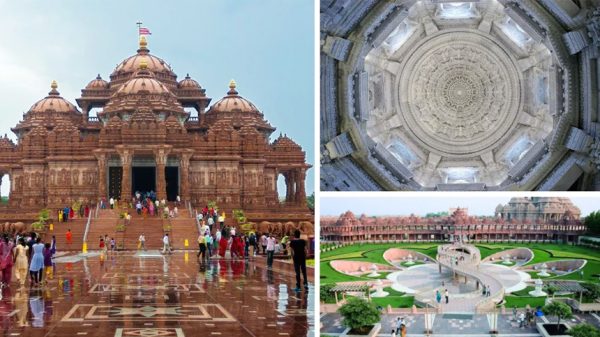
Online Desk: Standing on the bank of the Yamuna River, Delhi, India’s capital territory, presents a captivating mix of history, culture, and modernity. Its strategic location, at the centre of the Indian subcontinent, has made it a bustling hub of diverse influences. And, this year, this city is one of the venues of the ICC World Cup. Delhi promises a wide range of experiences, from exploring ancient monuments to savouring delicious cuisine, along with sports excitement. Let’s take a look at this Delhi travel guide and explore the numerous facets of this fascinating metropolis.
Top 10 Famous Tourist Places to Visit in Delhi, India:
Arun Jaitley Stadium:
Formerly known as Feroz Shah Kotla Stadium, this cricket venue was established in 1883. Five matches of the Cricket World Cup 2023 are going to be held at this stadium located on Bahadur Shah Zafar Marg in New Delhi. Among them, the match between Bangladesh and Sri Lanka is set for November 6, 2023.
India Gate
Also known as the All India War Memorial, it stands on the side of the Rajpath in New Delhi. The 138-foot-tall historic structure was designed by British Architect Sir Edwin Lutyens. A Republic Day parade is held annually around this war memorial.
This structure is dedicated mainly to the 84,000 Indian and British soldiers who perished during the First World War and the Third Anglo-Afghan War. Engravings on the monument surface display the names of 13,300 soldiers. Local food hawkers often gather here, offering various delicacies for picnicking groups. A charming children’s park is also nearby.
Qutub Minar
Known as Victory Tower, this minaret is part of the Qutub Complex in Lal Kot, Delhi. Qutub Minar’s construction began in 1199 under Qutub-ud-Din Aibak. Shamsuddin Iltutmish completed the upper sections between 1199 and 1503.Qutub Minar brilliantly merges Islamic architecture with Southwest Asian design. In 1993, UNESCO bestowed upon it the prestigious title of a World Heritage Site.
Jantar Mantar
These words denote instruments for measuring celestial harmony, comprising 13 architectural astronomical instruments. Maharaja Jai Singh II of Jaipur laid the foundation in 1724, establishing five observatories for final calendar and astronomical table adjustments. Jantar Mantar consists of four distinct Yantras: Samrat Yantra, Jaya Prakash, Rama Yantra, and Mishra Yantra. A 723-foot-tall plaque, erected in 1724, still stands at the observatory.
National Museum
Established in 1949, this museum boasts a collection spanning prehistoric to modern art eras. Located on Janpath, it’s directly managed by the Ministry of Culture, Government of India, housing over 2 lakh works of art, some more than 5,000 years old. Collections encompass various arts, including stone, bronze, terracotta sculptures, weapons, armour, jewellery, manuscripts, miniatures, Tanjore paintings, textiles, coins, and epigraphy. The three-story building features a beautiful garden at its centre.
Humayun’s Tomb
Built in 1558 by Mughal empress Bega Begum, Humayun’s first wife, this mausoleum is part of a complex. It was designed by Persian architect Mirak Mirza Ghiyas and his son Sayyid Muhammad, chosen by the empress herself.
Humayun’s Tomb
It’s the first garden tomb in the Indian subcontinent and the first to extensively employ red sandstone. Its Persian-style Charbagh gardens set a milestone in later Mughal architecture, a rarity in India.
Sunder Nursery
Formerly known as Azim Bagh, this park complex, adjacent to Humayun’s Tomb, dates back to the 16th century. The entire complex is spread across 90 acres along the Grand Trunk Road. It houses 15 monuments, including 6 UNESCO World Heritage Sites such as Sunderwala Burj, Sunderwala Mahal, and Lakkar Wala Burj.
After renovations in 2007, the nursery reopened in 2018 and now hosts more than 300 tree species. As a result, it got the status of Delhi’s first botanical garden.
Red Fort
This UNESCO World Heritage Site in Old Delhi was once the primary residence of Mughal emperors. Emperor Shah Jahan initiated its construction in 1638. Designed by architect Ustad Ahmad Lahori, who also designed the Taj Mahal, it features both red and white hues.
Red Fort
On August 15, 1947, India’s first Prime Minister Jawaharlal Nehru hoisted the Indian flag over the Lahori Gate, a tradition continued on every Indian Independence Day.
Amrit Garden
Located behind the Rashtrapati Bhavan, this garden, formerly known as Mughal Garden, combines Mughal and English art styles. It opens to the public from February to March annually.
Two intersecting narrow ponds divide the garden into a square grid, reflecting a Persian and Indo-Persian charbagh design. Six lotus-shaped fountains, reaching 12 feet in height, adorn these reservoirs, with a bird table for wild bird feeding.
Swaminarayan Akshardham
Swami Maharaj, President of Bochasanwasi Akshar Purushottam Swaminarayan Sanstha or BAPS, constructed this Akshardham in Delhi. It was inaugurated on November 6, 2005, in the presence of prominent Indian personalities APJ Abdul Kalam, Manmohan Singh, LK Advani, and BL Joshi. The complex features an Abhishek Mandap, a water show, a thematic garden, and three exhibitions: Sahaj Anand Darshan, Neelkanth Darshan, and Sanskruti Darshan. The Akshardham temple complex holds a Guinness World Record as the largest Hindu temple globally, measuring 356 feet long, 316 feet wide, and 141 feet high.
How to Reach Delhi from Bangladesh?
Travellers can take a train from Dhaka to Kolkata and then another train keeping Delhi as their destination. Additionally, there are direct buses from Dhaka to Kolkata, with entry into Kolkata after immigration at the Benapole border. From Kolkata, travellers can proceed toward Delhi by train or plane. In the case of opting for a bus journey, direct buses from Kolkata’s Howrah station in the direction of Delhi are available. Here the travel durations range from 24 to 36 hours. Trains departing from Kolkata’s Sealdah, Chitpur, and Shalimar stations reach various stations in Delhi. For a more convenient experience, travellers can choose accommodations near the desired attractions and book tickets to the nearest station. For instance, Nizamuddin station is a suitable option, as it offers easy access to most attractions via local transportation.
Dhaka to Delhi by Air
Delhi can be reached via direct flights from Bangladesh, taking approximately two and a half hours. Alternatively, there are flights connecting Kolkata to Delhi. Therefore, travellers can arrive in Delhi from Dhaka via Kolkata transit flights. For transit flights total travel duration ranges from a minimum of 5 hours to a maximum of 14 hours.
Accommodation in Delhi
Travellers who are looking for budget-friendly accommodations in Delhi, Paharganj and Nizamuddin Road can be ideal places to stay. Quality hotels are also available near Chandni Chowk and Red Fort. Online hotel booking options are also accessible.
Delhi is a paradise for food enthusiasts, with quality food establishments near popular sightseeing spots and accommodations. Notable options include Kebab Gali for Indian cuisine, Karim’s for Old Delhi delicacies, Haldiram’s for vegetarian dishes, Sagar Ratna for dosa, Sushi House for sushi, Dish Biryani, and Chawla Chik for Indian curries.
Dhaka to Delhi Travel Costs
If travelling between Dhaka and Delhi by direct flight, the cost ranges from BDT 17,000 to BDT 25,000. Transit through Kolkata can reduce expenses. The fare also depends on the airline and booking timing.
Train fares from Dhaka to Kolkata range from BDT 2,300 to BDT 6,720, with bus journey costs varying from BDT 890 to BDT 2,100, depending on the company.
Kolkata to Delhi train fares can range from BDT 550 to BDT 5,300. Bus fares from Kolkata to Delhi vary from BDT 1,350 to BDT 1,600 based on different bus companies.
Hotel rents in Delhi start from a minimum of BDT 650 and can go up to BDT 5,000. On average, daily expenses for food and beverages may range from BDT 1,000 to BDT 1,500 per person.
Cautions
Nowadays, it takes several months to get an Indian tourist visa from Bangladesh. So, the tourist should submit their documents accordingly. Booking tickets of direct flights from Dhaka to Delhi can streamline the journey and save time. The transit flights to Delhi via Kolkata will make the journey longer. During the Delhi trip, it’s essential to prepare for the city’s bustling and busy nature, with traffic jams. To avoid health issues, it is recommended for the tourists to choose foods, and drinks wisely. It would be wise to opt for bottled water, and carry necessary medicines. Delhi’s air quality is quite poor, and mosquitoes are prevalent, so wearing masks and using mosquito repellent is recommended. Like any other city, the tourists need to be careful while travelling alone in the unfamiliar areas of Delhi especially during the night hours. Both men and women should carefully carry their purses, bags and wallets to avoid pickpocketing and hijacking.
Final Words
So far, we have listed the top 10 places to visit in Delhi. The costs of food and accommodation have also been discussed. Bangladeshi tourists can directly reach Delhi by air flights. Alternatively, travelers can reach Delhi via Kolkata through flights, train or bus. However, travel enthusiasts should make their plans properly to get Indian travel visas, hotel booking and flight tickets on time. Happy travelling.

